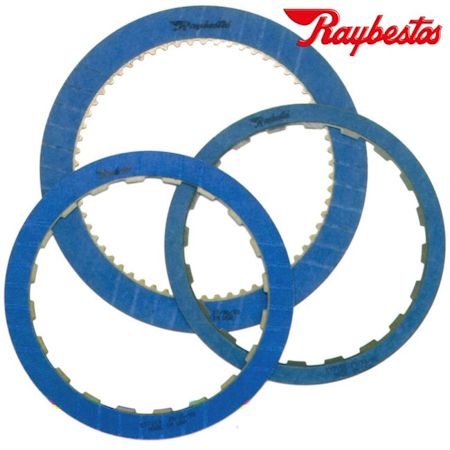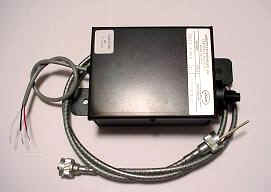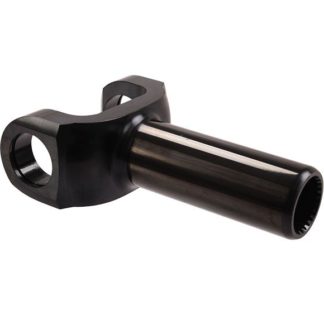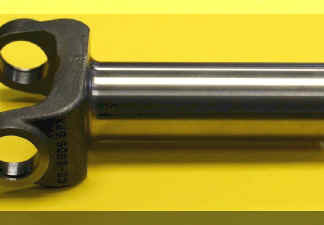Description
C6 Raybestos GEN 2 Blue Friction Clutch Pack, 1967-On, RCPBP-06.
Recommended for serious racing applications; with optimum benefits in dynamic clutch positions.
The Gen2 Blue Plate Special, the ultimate racing clutch for automatic transmissions, is the perfect clutch for ALL TYPES of racing. It features an improved Raybestos-developed material that offers optimum shifting at a level above standard racing clutches. It provides a positive engagement under high power conditions where all of the energy absorption is condensed into a very short length of time. Gen2 is a state-of-the-art, power absorbing clutch that performs with very low wear, excellent fatigue strength, high durability and quick shifts with little shock for even faster times.
Features / Benefits:
- Made with high-strength, matrix bonding resins for superior performance
- Manufactured with high-strength steel
- Less shock during shifts
- Greater durability to last race after race
- Excellent fatigue strength to handle high power cycling
- Withstands higher torque and horsepower per plate than the competition
This C6 Raybestos GEN 2 Blue Friction Clutch Pack Includes:
- (5) Direct GEN 2 Blue Clutch Plate
- (5) Forward Gen 2 Blue Clutch Plate w/hardened steel core
- (6) Low/Reverse High Static Clutch Plate





